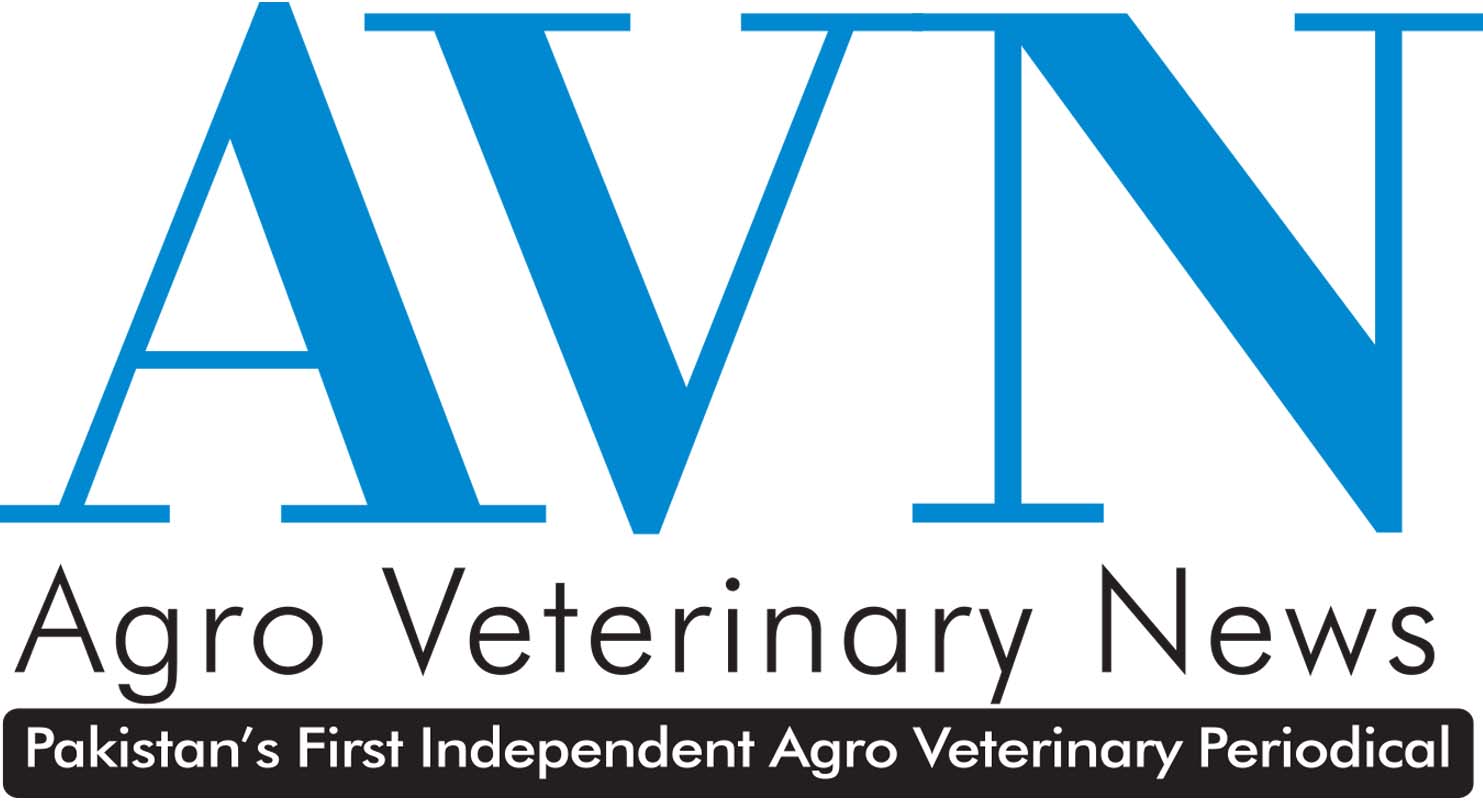Ghulam Mustafa , Abdul Shakoor, Amar Nasir, Usman Waheed, Rafaqat Ali
College of Veterinary and Animal Sciences, Jhang (sub campus) University of Veterinary and Animal Sciences, Lahore
Equines (horses, mules and donkeys) are raised mainly for draught and sports purpose. As draught animals, equines are of vital importance for daily earning of poor people. These animals are useful in agriculture, carriage and transportation of people. In Pakistan, horses are considered as companion animals. They are raised as draught, racing and riding animals. Role of equines as working animals has always been central in rural and urban areas of Pakistan. More than 95% of all mules and donkeys; and 60% of all horses are found in developing countries. These are playing a key role in the economy of developing countries. Total equine population in Pakistan is 5.7 million. Horses are 0.4 million mules are 0.2 million and donkeys are 5.1 million.
Equine piroplasmosis is a tick borne disease of horses, mules, donkeys and zebra caused by Theileria equi and Babesia caballi. This disease causes fever, depression, anemia, jaundice, hemoglobinuria, weakness, inappetence and sometimes colic, which can be lethal. The present study was conducted to check the efficacy of imidocarb dipropionate and diminazine aceturate against equine piroplasmosis and its impact on hematolgy in tehsil jhang, Pakistan from May 2017 to September 2017. This study was conducted on 285 equines (horses n=95, donkeys n=95, mules n= 95).Out of these 120 equines (horses n =44, donkeys n=35 mules n=41) were positive for equine piroplasmosis through thin blood smear examination.


Group 1 was consisted of 34 horses, group 2 was consisted of 25 donkeys, group 3 consisted of 31 mules, while group 4 consisted of control animals (n=10) from each group. Group 1 was treated with Imizole® (imidocarb dipropionate) at a dose rate of 2.4 mg/kg body weight intramuscularly, Group 2 was treated with Imipro® (imidocarb dipropionate) at a dose rate of 2.4 mg/kg body weight intramuscularly. While group 3 was treated with Idimin® (diminazine aceturate) at a dose rate of 3.5mg/kg body weight intramuscularly. Group 4 was served as a control group. The efficacy of Imizole® imidocarb dipropionate was 88.24%, the efficacy of Imipro® imidocarb dipropionate was 80%, while efficacy of Idimin® (diminazine aceturate) was 70.97%. There was a remarkable increase in TLC, DLC values and decrease in Hb and Pcv values in positive animals. After administering of imidocarb dipropionate and diminazine aceturate in disease animals TLC, DLC values were decreased and Hb and Pcv were increased significantly. The present study provides information to stakeholder about the prevalence and best therapeutic regimen against Equine’s Piroplasmosis in Tehsil Jhang.




